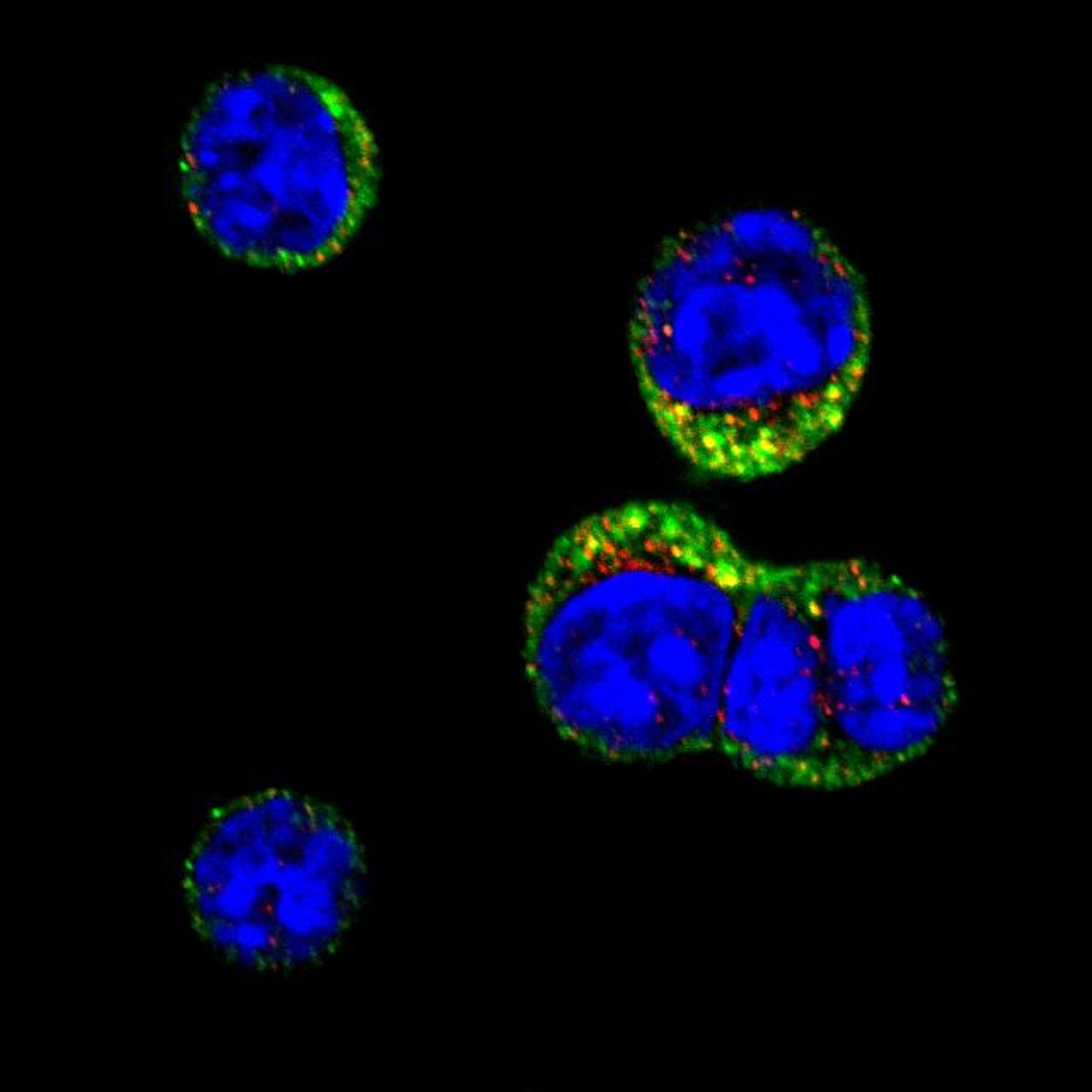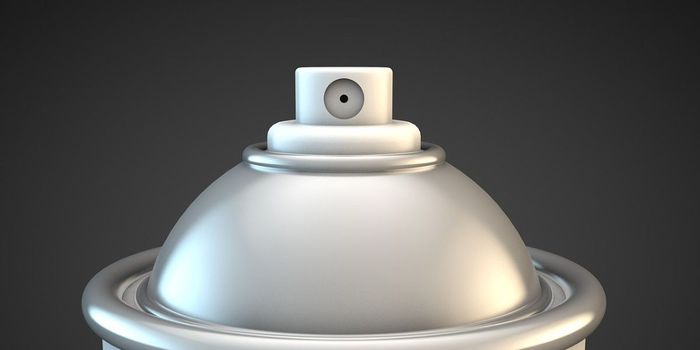Protecting B Cells from Cancer-Inducing DNA Damage
DNA damage in cells can lead to cancer, so why do B cells of the immune system intentionally damage their own DNA? A new study shows that doing so improves the diversity of antibodies, which better allows the immune system to fight infections. But with the risks involved in this process, B cells need to be ready to combat the negative side effects.
From the Babraham Institute, scientists are studying how B cells direct programmed DNA damage during development, damage which is even more severe than when it occurs naturally. Additionally, the repair processes that are put in place to take care of normal damage don’t work fast enough, so B cells have to intervene to ensure the damage doesn’t weaken the immune system or lead to cancer.
B cells alter their genes to build better antibodies to fight infection. The process of damaging and repairing DNA can help B cells create specific antibodies needed to treat certain infections.
"B cells walk a fine line, some DNA damage is needed for them to make effective antibodies to fight infections, but too much and they become harmful,” explained first author Manuel Diaz-Munoz, PhD. “It's a tough situation to manage biochemically.”
The solution, Diaz-Munoz and the other researchers found, is that B cells start the repair process early in preparation for intentional DNA damage. And with the help of a protein called Tia1, they can safely do so.
Researchers found that Tia1 helps B cells manage the activity of DNA repair genes, which are always active. Before, it was thought that these genes turn on and off according to B cells’ needs. However, it is Tia1 that controls these genes, which ultimately produce the proteins required for the the DNA damage response.
“This is an attractive and little explored mechanism that we are now starting to understand,” explained senior scientist Martin Turner, PhD. “Controlling protein production in this way is important in other healthy and diseased cells and it will be interesting to see if a similar system exists in other places."
The present study was published in the journal Nature Communications.
Source: Babraham Institute









